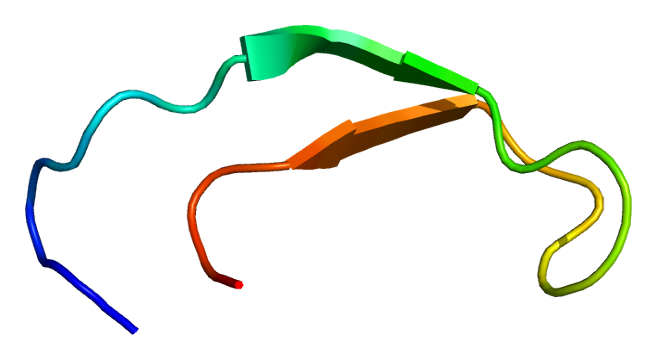- Time:
In 2000, a LEAP-1 (liver expressed antimicrobial peptide) consisting of a 25 amino acid peptide was reported with unique antimicrobial activity. By 2001, three isoforms (20, 22, and 25 amino acids) of this cysteine-rich antimicrobial peptide was reported and led to the identification of hepcidin-25 as a putative iron-regulatory hormone relevant to hereditary hemochromatosis and the anemia of chronic disease. Currently, all three isoforms are used as research markers for many diseases. With the evolution of sample analysis moving from urine to a focus on blood because of its systemic nature, there is a need to refocus the analysis back to urine for pediatric research sampling. However, this introduces analytical challenges for hepcidin quantification. Join us for this exciting GEN webinar, where we will discuss the research into the development of a MALDI-ToF MS–based method, the evolution of LC-MS and LC-MS/MS based methods, the discovery of a 4th isoform and the function of the 20 and 22 amino acid isoforms, as well as the role of mass spectrometry as a “gold standard” for hepcidin analysis. The potential for hepcidin as part of a biomarker panel of inflammation and disease onset research will also be discussed.
Produced with support from:

Panelists

Robert Trengove, Ph.D.
Director,
Separation Science and Metabolomics Lab, Murdoch University


